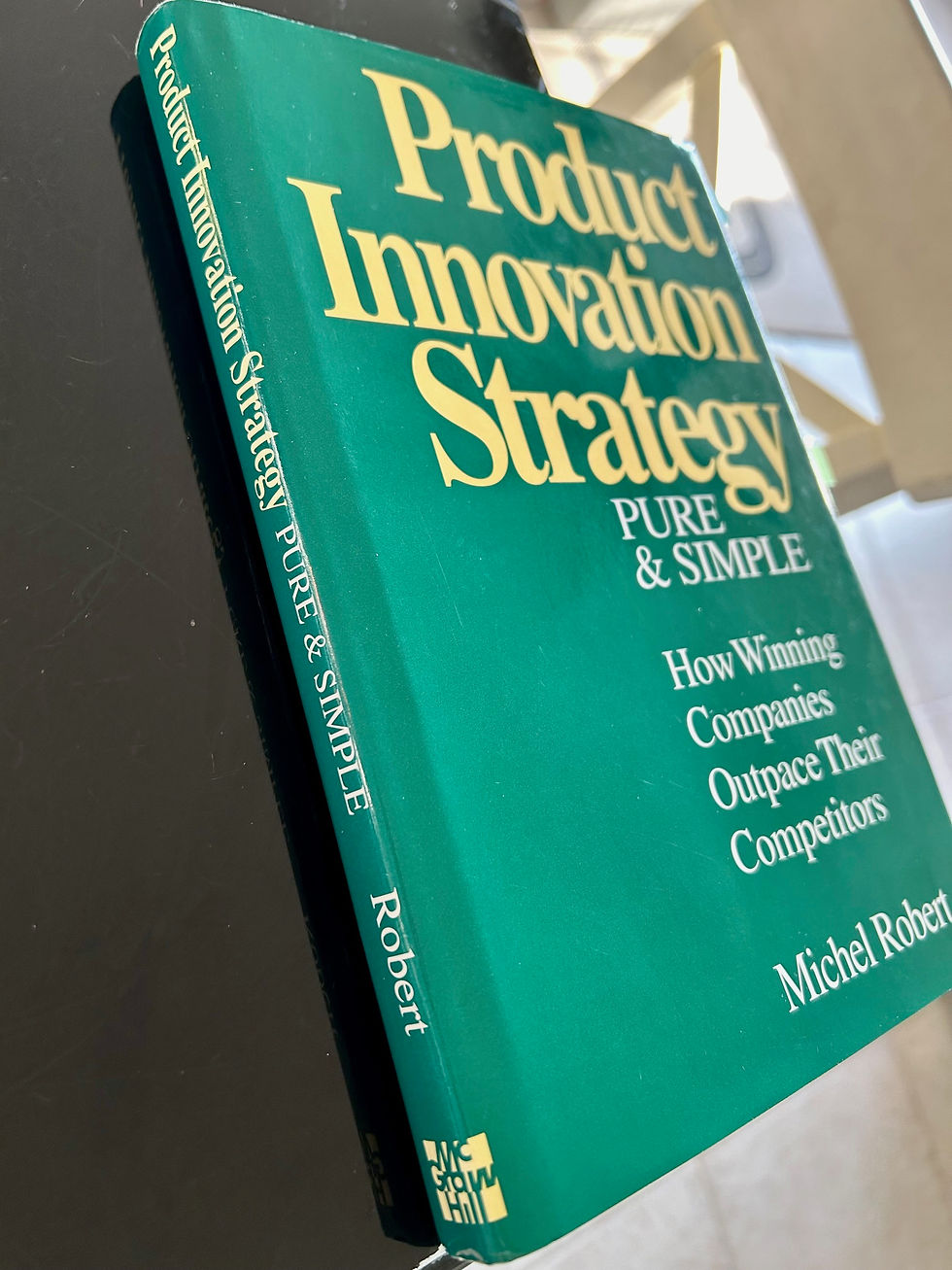Manager or Leader?
- Amelia Sng

- Apr 2, 2024
- 2 min read
And what's it got to do with Innovative Thinking? (Wait! Don't jump to any conclusions yet.)
At a recent 1-day Retreat, a facilitator asked participants "What's the difference between a Manager and a Leader?" The group was not the first debating the hot question. It would appear that 'Lead' or 'Leader' is the preferred word today that would frame, for the person assuming this responsibility, the mindset and skills critical for such a role.
Us at DPI recently launched a program "Strategy Alignment and Execution: The Critical Role of Managers and Executives". More on this another day but, semantics of the times aside, Michel (Mike) Robert, DPI's Founder in his book, talks about how everyone 'manages'. In the hierarchy of management responsibility, there are people who manage things, people who manage people and people who manage processes.
Our contention at DPI is that it is also management's responsibility to choose and put into place the thinking processes that they wish used in the organisation
... Strategic Thinking; Innovative Thinking; Decision making
Imbedding Innovative Thinking into the Fabric and Culture of the Organisation

What is it about an organisation that is at the root of their culture?
"The root of a country's culture is its language. Language is the root of literature, poetry, song, opera, music, theatre, humour - all the elements that are visible evidence of a country's culture.
Language is to a country's culture what management processes are to an organisation's culture."
(I had to read that line many times too) Processes are the 'language' the organisation speaks that result in its visible Culture.
So if Management (or Leadership) wants to create a certain culture, it must choose the processes that will cause its people to behave in that manner. And we posit that this common language around thinking processes is the root of effective, better decisions, strategies, new product and market opportunities.
"Management's most important responsibility," says Mike, "is to institutionalise these processes into the organisation so that they become part and parcel of its fabric.
Quality AND Quantity matter!
The trick then is to turn these invisible, intangible thinking processes that usually occurs in a person's head into a codified, tangible tool that can be concretely seen, touched and felt in 'hard copy'. So that these can be perpetuated, learned, passed on through successions of managers and leaders, and to large groups of people within the organisation to be implemented day to day.
When it comes to the Strategic Product Innovation 'hopper' (or pipeline), quality and quantity both matter. The same is said of thinking processes. "Just as the best linguists can usually master only four or five languages, no organisation should attempt to use more than a few management processes if it expects its people to use and master them over time. The task of choosing thinking processes that are critical to the success of the organisation is a key task of senior management."
To see if DPI's Strategy Formulation, Problem Solving to Breakthrough Thinking and Strategy Alignment and Execution process is for you, or if they have a place in augmenting and strengthening your existing practices, join us for a 1-day hands-on taster!




Comments